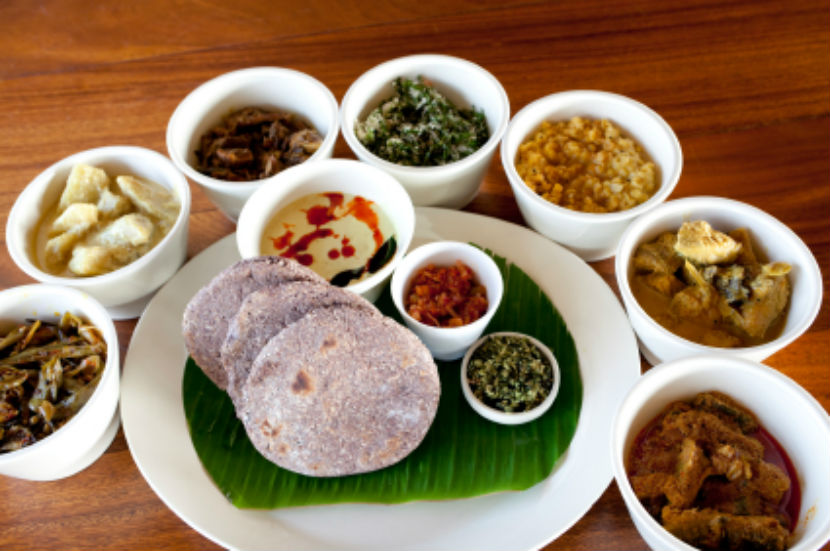According to TechSci Research report, “India Frozen Dessert Market – Industry Size, Share, Trends, Competition Forecast & Opportunities, 2029”, the India Frozen Dessert Market stood at USD3.20 billion in 2023 and is anticipated to grow with a CAGR of 10.5% in the forecast period, 2025-2029. The frozen dessert market in India has undergone a remarkable transformation in recent years, evolving from traditional ice creams to a diverse array of frozen treats that cater to the ever-evolving tastes and preferences of consumers.
The concept of frozen desserts in India can be traced back to the introduction of traditional ice creams, often sold by local vendors in basic flavors like vanilla, chocolate, and mango. These ice creams were a seasonal treat, primarily enjoyed during the scorching summer months. However, the market began to evolve with the entry of multinational brands like Kwality Walls and Amul, which brought a wider range of flavors and innovations to the Indian consumer.
The shift from traditional to modern frozen desserts gained momentum in the late 20th century. Consumers’ exposure to international cuisines and flavors, coupled with increased disposable incomes, led to a growing appetite for premium and exotic frozen treats. As a result, the market saw the emergence of gelato shops, frozen yogurt outlets, and specialty dessert parlors, offering a diverse menu of indulgent options.
Browse over XX market data Figures spread through 83 Pages and an in-depth TOC on “India Frozen Dessert Market” – https://www.techsciresearch.com/report/india-frozen-dessert-market/2832.html
A significant driver of market growth has been the shift in consumer preferences towards innovative and exotic frozen treats. Consumers, especially the younger generation, seek variety, novelty, and unique flavor experiences in their desserts.
Urbanization and Lifestyle Changes: The rapid urbanization of India has led to busier lifestyles, with consumers looking for convenient and on-the-go dessert options. Frozen desserts, such as ice cream cones and cups, gelato sticks, and frozen yogurt cups, fit well into this lifestyle.
Retail Revolution: The expansion of modern retail outlets, including supermarkets, hypermarkets, and convenience stores, has played a pivotal role in increasing the accessibility of frozen desserts. These outlets offer a wide selection of frozen treats, both from domestic and international brands.
Seasonal Demand: India’s climatic diversity contributes to seasonal demand for frozen desserts. While ice creams are popular throughout the year, other products like gelatos, sorbets, and frozen yogurt experience heightened demand during the scorching summer months.
Rising Disposable Income: The growing middle-class population in India, accompanied by increasing disposable incomes, has led to higher spending on indulgent food items, including frozen desserts. Consumers are more willing to explore premium and gourmet offerings.
Health and Wellness Trends: Health-conscious consumers are seeking frozen dessert options that align with their dietary preferences. This has led to the introduction of low-fat, low-sugar, and even dairy-free frozen dessert alternatives to cater to a health-conscious audience.

Innovative Flavors and Ingredients: Frozen dessert brands have embraced innovation by introducing unique and locally inspired flavors and ingredients. This includes using Indian spices, fruits, and regional delicacies to create distinctive frozen treats.
Dessert Cafes and Specialty Outlets: The rise of dessert cafes, specialty gelaterias, and frozen yogurt parlors has transformed the dessert-eating experience. These establishments offer a range of toppings, mix-ins, and customization options, making the consumption of frozen desserts an interactive and personalized affair.
Seasonal fluctuations in demand can be a challenge for manufacturers. Balancing production and distribution during peak and off-peak seasons requires careful planning. The rising awareness of health concerns related to excessive sugar and calorie intake has led some consumers to reduce their consumption of frozen desserts.The market is highly competitive, with numerous brands vying for consumer attention. This competition necessitates continuous innovation, marketing efforts, and quality control. Maintaining the quality and consistency of frozen desserts throughout the supply chain, from production to retail, is crucial. Proper storage and distribution are vital to prevent quality degradation.
India frozen dessert market is segmented into product type, category, sales channel, and region.
Based on its product type, the market is segmented into frozen ice cream, frozen yogurt, and others. Among these, frozen ice cream has a significant share in the India frozen dessert market. Ice cream enjoys universal appeal, transcending age, gender, and cultural barriers. It is a dessert that appeals to a broad spectrum of consumers, from children to the elderly, making it a staple in households and dessert menus across the country.
Based on region, the market is segmented into East, West, North, and South. Among these, the North region has a significant share of the India frozen dessert market. North India boasts a rich culinary heritage, with diverse culinary traditions and a penchant for sweets and desserts. This diversity includes regional specialties like kulfi, rabri, falooda, and various indigenous frozen desserts. The presence of these distinct frozen desserts contributes to the overall vibrancy of the North’s dessert landscape.
Major companies operating in India frozen dessert market are:
- Creambell (RJ Corp.)
- Gelato Vinto
- Hindustan Unilever Limited
- Keventer Group
- Lazza Ice Cream
- Menchie’s India
- Vadilal Industries Limited
- Cocoberry Restaurants and Distributors Private Limited
- Prestige Ice Creams Pvt. Ltd.
- Team24 Marketing India Pvt. Ltd.
Download Free Sample Report – https://www.techsciresearch.com/sample-report.aspx?cid=2832
Customers can also request for 10% free customization on this report.
“The India frozen dessert market has evolved from its humble beginnings to become a dynamic and exciting industry that caters to the diverse tastes and preferences of consumers. As the market continues to grow and innovate, it will offer consumers an ever-expanding array of frozen delights, making the experience of indulging in frozen desserts an integral part of India’s culinary landscape.” said Mr. Karan Chechi, Research Director with TechSci Research, a research-based management consulting firm.
“India Frozen Dessert Market By Product Type (Frozen Ice Cream, Frozen Yogurt, and Others), By Category (Conventional, Sugar-free), By Sales Channel (Supermarkets/Hypermarkets, Convenience Stores, Online, and Others), By Region, By Competition Forecast & Opportunities, 2019-2029F”, has evaluated the future growth potential of India frozen dessert market and provides statistics & information on market size, structure and future market growth. The report intends to provide cutting-edge market intelligence and help decision-makers make sound investment decisions. Besides, the report also identifies and analyzes the emerging trends along with essential drivers, challenges, and opportunities in India frozen dessert market.
Contact
Mr. Ken Mathews
708 Third Avenue,
Manhattan, NY,
New York 10017
Tel: +1-646-360-1656
Email: sales@techsciresearch.com
Website: www.techsciresearch.com




